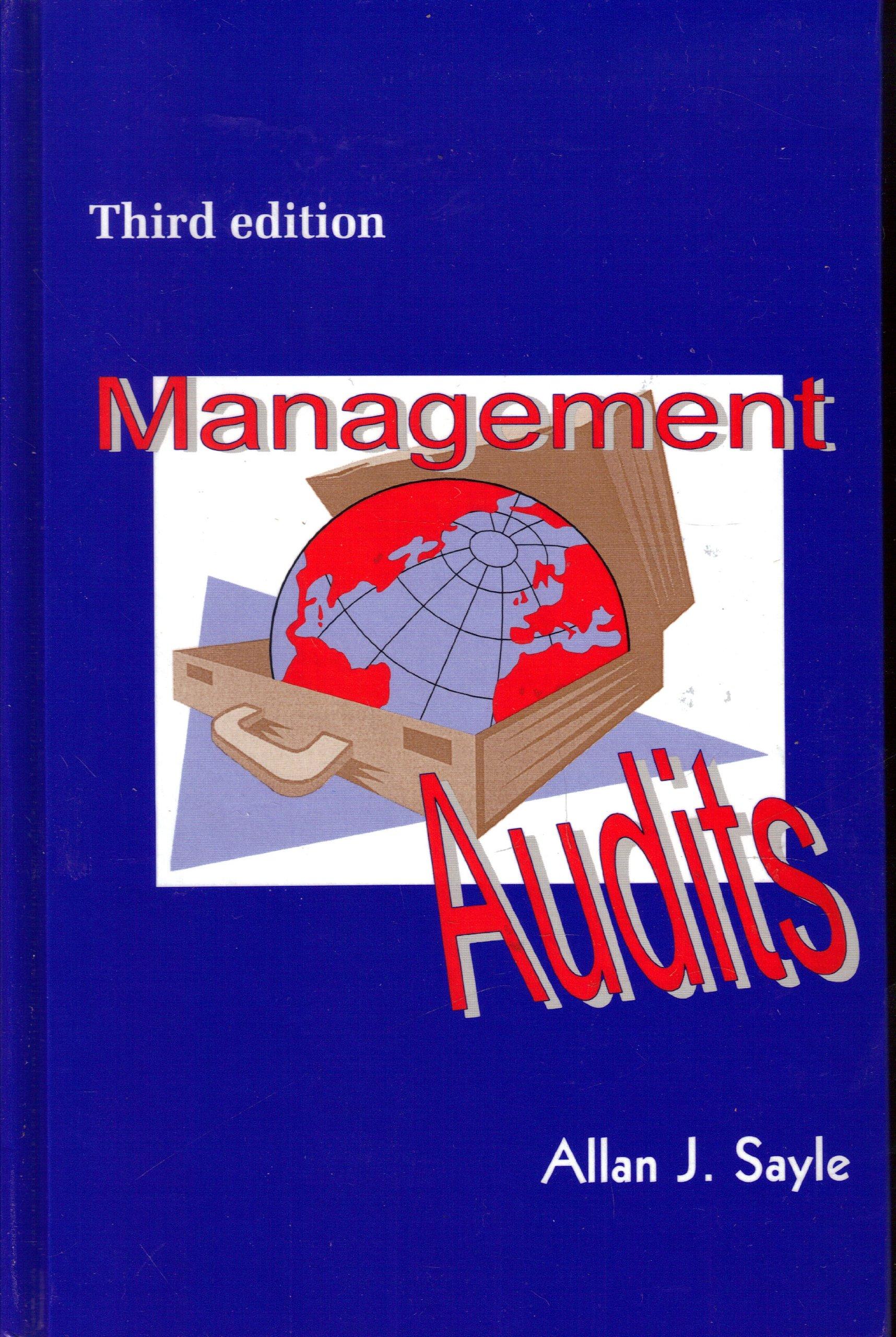Question
Which of the following describes what the Reserve Bank of Australia would do to pursue an expansionary monetary policy? Directly raise interest rates on mortgage
Which of the following describes what the Reserve Bank of Australia would do to pursue an expansionary monetary policy?
| Directly raise interest rates on mortgage and corporate loans. | ||
| Use open market operations to sell bonds and securities. | ||
| Use open market operations to increase the overnight cash rate. | ||
| Directly lower interest rates on mortgage and corporate loans. | ||
| Use open market operations to buy bonds and securities. |
One method of conducting quantitative easing is the central bank:
| selling long-term government bonds to decrease long-term interest rates. | ||
| purchasing long-term government bonds to lower long-term interest rates. | ||
| purchasing long-term government bonds to increase long-term interest rates. | ||
| purchasing short-term government bonds to lower short-term interest rates. | ||
| selling long-term government bonds to lower long-term interest rates. |
Not all households are net borrowers. For households who are net lenders (i.e. net savers), an increase in interest rates will:
| decrease current consumption if the income effect is greater than the substitution effect. | ||
| decrease future consumption if the substitution effect is greater than the income effect. | ||
| increase current consumption if the substitution effect is greater than the income effect. | ||
| decrease current consumption if the substitution effect is greater than the income effect. | ||
| decrease future consumption if the income effect is greater than the substitution effect. |
Consider the hypothetical information in Table below for potential GDP, real GDP and the price level in 2013 if the Reserve Bank of Australia does not use monetary policy. If the RBA uses monetary policy successfully to keep real GDP at its potential level in 2013, then:
| Year | Potential GDP | Real GDP | Price Level | Unemployment rate |
| 2013 | $1.8 trillion | $1.5 trillion | 152 | 6% |
| The price level will be lower than 152 and the unemployment rate will be lower than 6%. | ||
| The price level will be higher than 152 and the unemployment rate will be lower than 6%. | ||
| The price level will be lower than 152 and the unemployment rate will be higher than 6%. | ||
| The price level will not be affected and the unemployment rate will be lower than 6%. | ||
| The price level will be higher than 152 and the unemployment rate will be higher than 6%. |
In which of the following situations would the Reserve Bank of Australia conduct contractionary monetary policy?
| The RBA fears that unemployment is climbing above the natural rate of unemployment. | ||
| The RBA believes that aggregate demand is growing too slowly to keep up with potential GDP. | ||
| The RBA is concerned that the growth in aggregate demand would continue to exceed the growth in potential GDP. | ||
| The RBA is concerned that the natural unemployment rate is trending downward. | ||
| The RBA is worried that deflation will become a problem. |
A country is experiencing high inflation (10%), and the government wants to keep the inflation rate at 3-5%. Which of the following policies is appropriate?
| Automatic stabilizers | ||
| Expansionary fiscal policy | ||
| Expansionary monetary policy | ||
| Contractionary monetary policy | ||
| Contractionary fiscal policy |
The economy is initially at its long-run equilibrium. A diplomatic dispute with its trading partner countries now leads to a decline in its exports.
| In the short run, the aggregate demand curve shifts left. In the long run, the price level decreases, the output returns to its potential, and real wages decrease. | ||
| In the short run, the aggregate demand curve shifts left. In the long run, the price level decreases, the output returns to its potential, and real wages do not change. | ||
| In the short run, the aggregate demand curve shifts right. In the long run, the price level increases, the output returns to its potential, and real wages decrease. | ||
| In the short run, the aggregate demand curve shifts right. In the long run, the price level increases, the output returns to its potential, and real wages do not change. | ||
| In the short run, the aggregate demand curve shifts right. In the long run, the price level increases, the output returns to its potential, and real wages increase. |
When actual inflation is higher than what was expected, then typically
| lenders lose and borrowers gain | ||
| lenders lose but borrowers do not gain. | ||
| both lenders and borrowers lose. | ||
| lenders gain and borrowers lose. | ||
| lenders do not lose but borrowers gain. |
Countries X and Y have the same amount of labour and the same level of technology, but country X has more capital. Country X's labour productivity will be __________ Y's and its total factor productivity will be __________ Y's.
| the same as; lower | ||
| lower than; lower than | ||
| higher than; the same as | ||
| higher than; lower than | ||
| lower than; the same as |
Step by Step Solution
There are 3 Steps involved in it
Step: 1

Get Instant Access to Expert-Tailored Solutions
See step-by-step solutions with expert insights and AI powered tools for academic success
Step: 2

Step: 3

Ace Your Homework with AI
Get the answers you need in no time with our AI-driven, step-by-step assistance
Get Started


